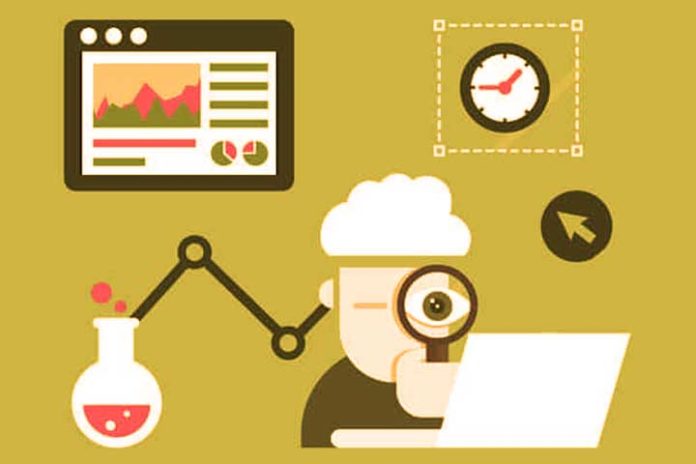There are many tools available to measure the usability of a website. These tools allow you to track how users navigate the site and determine if there are errors.
You can use them before your website goes live to know how your visitors interact. Also, some tools allow you to customize the reports according to your needs.
Each tool solves a specific problem for marketers, many of which are available at different prices. This means that you can find the best tool for your needs.
If you have a website or online business, it is important to understand how your users feel when interacting with your site. This information can help you improve your website and make it more enjoyable for them. It can also help you determine the usability of your product and make it more attractive.
Among other things, it allows you to set up different dashboards so you can see what works and what doesn’t. It also comes with a messaging solution that helps in sending targeted messages to your users.
On the other hand, many tools are available to measure a website’s usability or application. These tools range from online surveys to user testing, each with advantages and disadvantages.
Also Read: Custom Web Pages Or Pre-Designed Templates?
Web usability tools
Web usability tools help you measure the usability of your website and find ways to improve it. For example, perceptions allow you to run surveys at the end of a user’s visit. At the same time, IntuitionHQ offers free trial plans that allow you to collect data from up to 350 different profiles.
Userzoom is a usability testing platform that records the clicks and scrolls of your visitors. It breaks down the number of times visitors click on each page and element and provides detailed search results. It’s easy to set up and offers monthly pricing. The user experience insights it provides can help you at all stages of your product development cycle. You can also provide quick user feedback on design concepts.
Mixpanel is a popular usability testing tool used by global brands like Samsung, BMW, and Uber. This tool helps companies understand user behaviour and retain customers.
Another web usability tool is Loop11, which allows for A/B testing and prototype testing. You can also create combinations of tasks and questions to test the usability of your website.
The platform also has video features to help you measure the experience of your visitors. You can create surveys, run tests, and get help with the tools.
Perform web-based usability testing for marketers, product managers, and UX researchers. It is safe and provides fast results. The service also offers automated reporting.
How to measure the usability of the web
If you have a website, you need to know how users interact and what changes need to be made to improve the experience. You can track traffic and sales using analytics.
A prevalent practice, and one that does not cost money, is to ask trusted friends or family members to test your site’s usability. Ask them to do tasks like fill out forms or make purchases. The goal is to mimic the experience of a new user.
Another way to measure usability is to create a task analysis. Task analysis answers questions about a user’s goals, the steps required to complete the task, and the effort they put into achieving it. By tracking this data, you’ll know how users feel about your website and how much time they spend on it.
Why measure the usability of the web?
In addition to making a product, application, or web page more user-friendly, web usability measurement will also provide you with valuable information.
It can help you determine where users are stuck and how long it takes them to complete a task. Plus, it gives an unbiased view of your product and lets you decide if it’s worth it.
Usability testing will identify minor bugs that may not be immediately noticeable to the user. These errors can be minor – a broken link, grammatical errors, etc. – or more significant, such as accidentally clicking on an untapable image or accidentally double-clicking a button.
Users who spend a lot of time on a website often find it easy to use and feel comfortable navigating through it. Also, they are more likely to visit multiple pages.
Ideally, a user’s session on the website lasts long enough to get the necessary information and take the next step towards conversion. This step can be as simple as subscribing to the page’s newsletter or obtaining a downloadable one.
Another important aspect of the usability of the web is the operation of the forms. Forms need to be easy to fill out, especially on mobile devices. Also, you can use heat maps to see where users click on your website. A good service for this is Hotjar.
When the quality of your website improves, it will be easier for users to find what they need and more likely to come back.
Also Read: How Does Responsive Design Influence Web Positioning?


